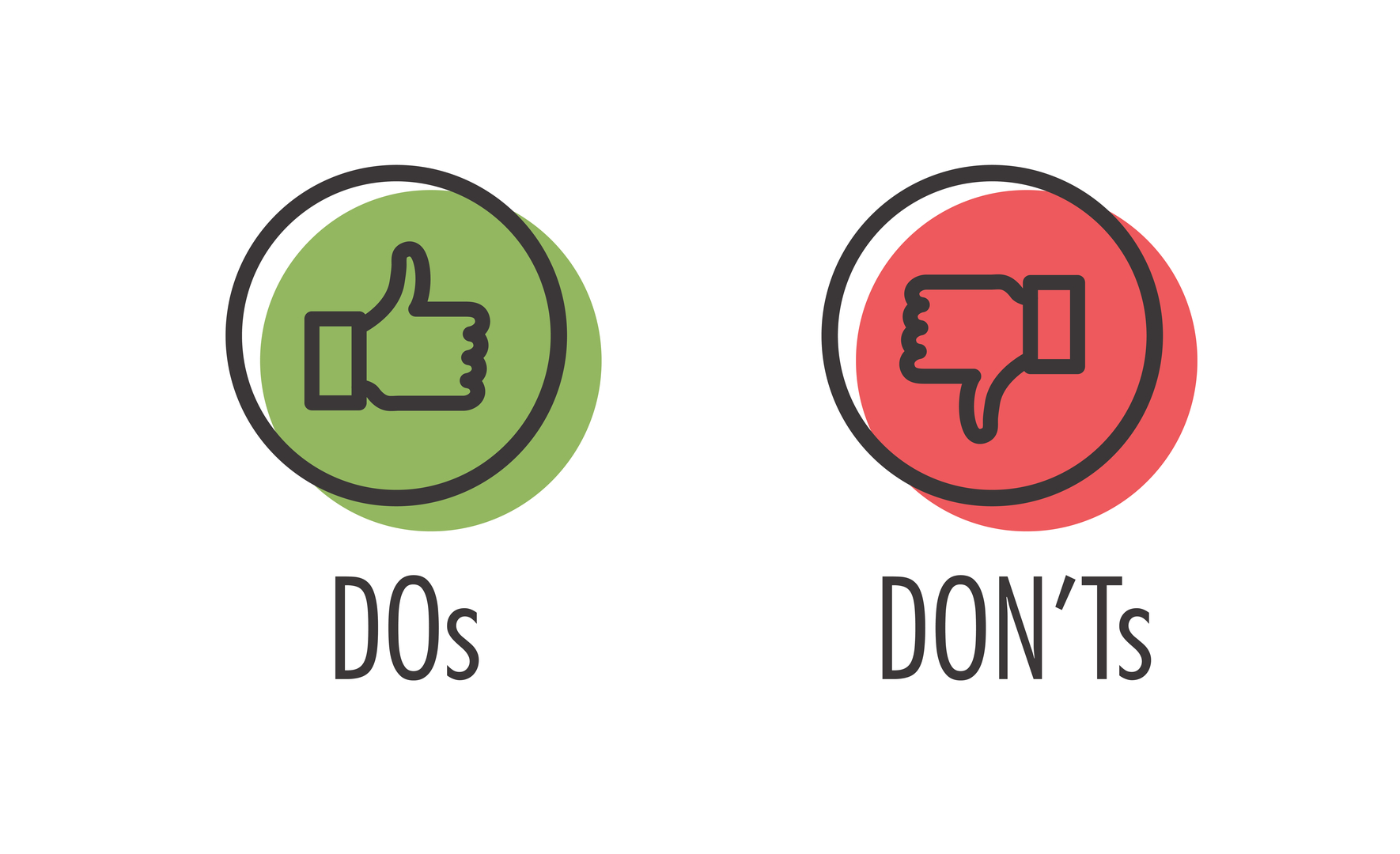Chances are, your prospective customers fall into two categories: people who have never invested in a product or service like yours, or those who went with a competitor and are looking to switch.
For the switchers' category, it’s likely that there are far more people that are dissatisfied with your competitors than those who have actually taken action. That could be due to a number of reasons, including but not limited to a lack of awareness of your brand, little to no understanding of how your company is different, and other barriers to switching like time, costs, and service disruptions.
The good news is that you can convince more customers to switch to you. Through research and surveys, communicating value propositions, and creating targeted outreach, you’ll be able to win over your competitors’ disgruntled customers more easily.
Here is our complete guide on how to steal your competitors’ customers.
Conduct a Competitor Analysis

Before you can effectively take market share away from your competitors, you’ll need to conduct a competitor analysis. This means you’ll need to study and pinpoint who your closest competitors are, who their customers are, how they market themselves, and any gaps or shortcomings you can find.
First, Find Your Competitors
If you don’t know who your competitors are, you can find out by looking for companies that:
- Sell similar or nearly identical products
- Sell their products through the same channels or websites as you do
- Are ranking for or bidding on the same keywords you’re trying to target on search engines
- Are putting out similar advertising material or are working with comparable influencers in your space
Even if you sell within a highly competitive niche, like clothing or beauty products, you should try to narrow your competitor list to only a handful of companies. Your competitors should both sell a product similar to yours and target a similar type of customer.
Pinpoint Your Competitors’ Customers
While it’s easy to tell what kind of product or service a competitor is selling, you’ll need to dig a bit deeper to find out what kind of customers they’re targeting. A great way to do this is to visit their website and social media pages. What kind of language are they using? What kinds of people or businesses are they featuring in their ads? See if they have any sort of “About Us” section on their website that more clearly defines their target customer.
Another promising way to see who your competitors’ customers are is to look for the people that are organically tagging them on social media. For example, visit their “tagged photos” tab on Instagram or look through their Twitter mentions seeing who is talking about them.
While gathering potential prospect names, be sure to sort them into specific categories to make outreach easy. For instance, create separate lists for prospects who are unhappy with your competitors because of bad customer service and for those who are dissatisfied because your competitors are hiking prices.
Identify Competitors’ Areas of Weakness
Your competitors aren’t perfect. Look for the weak spots in their product as well as customer service. Scrolling through their social media accounts, review site pages, or forums like Reddit and Quora can give you more concrete information on how they’re lacking.
Examine their website to see how well they present their product in all stages of the funnel. Is their website easy to navigate? Do they have online support tutorials that are well-written? How easy is it to find their contact information? There could be opportunities for you to shine in these areas. POWR Tabs can help you better organize your site’s content and product pages.
Follow Your Competitor’s News and Updates

To understand what your competitors are doing or rolling out, look at their social media pages. What are they talking about on Facebook, Instagram, LinkedIn, and Twitter? Paying attention to what they’re talking about can give you a better idea of what they’re focusing on internally. View the comments sections on their posts to see how people are responding. Are they responding negatively or positively?
You can even sign up to receive their email marketing as if you were one of their prospects and get more of an inside look at how their comms are structured. Visit their blog, if they have one, to see what kinds of content they’re trying to rank for on search engines to ramp up their sales pipeline. Can you or should you be outranking them in those areas, or are they targeting a totally different kind of customer or problem?
Be sure to note what kinds of content get the most engagement. What types of posts seem to be generating the most buzz, and how is it similar or different from the content you’re posting?
Uncover Gaps in the Market
Think beyond just your competitors when reaching out to prospects—think about your industry as a whole. How is your company pushing boundaries and innovating in ways that no other company is? Are you following the trends or leading them? Positioning yourself as an industry leader is one thing, but if you have the evidence to back it up, that’s even better.
Invest in Better Customer Service

Poor customer service can be a dealbreaker for many customers. As part of your competitor analysis, examine the different ways your competitors offer support. Can they be reached by phone, online chat, and/or email? Are they available 24/7 or only during business hours? Do customers complain that their support teams overpromise and underdeliver?
You can outshine your competition by offering more ways for customers to get in touch with you. One easy way to do this is by investing in a business VoIP solution. This lets your customers reach you via chat. email, phone, social media, and text, while routing them to the appropriate support associate, thus saving you time and boosting customer satisfaction rates.
Get Names of Your Competitors’ Customers
Once you’ve nailed down who your competitors are and what they’re trying to achieve, start building a shortlist of their current customers who are low-hanging fruit for your sales team.
Look at Competitors’ Websites
Your competitors may have some customers featured on their websites in testimonials or case studies. Chances are if they’re featured on your competitors’ sites, they probably have a good relationship with them. However, it’s still a good exercise to note who they are, because you never know—there may come a point when their relationship turns sour.
Scour Their Social Media Pages
Scour your competitor’s social media accounts for any public-facing complaints. Note the usernames and full names of their customers in order to conduct outreach in the future.
Even though it’s tempting, don’t reply to customers on your competitors’ pages. Doing so can put you at risk of being banned from viewing your competitors’ posts.
Visit Their Review Network Profiles
Depending on your industry, your competitors may have profiles on review websites like Trustpilot, G2, Yelp, or Google My Business. Unhappy customers often flock to these sites to express their negative experiences. Look for reviews posted under first and last names or company names to add to your list.
Reach Out and Survey Your Competitors’ Customers
Once you’ve found some unhappy customers, try to contact them directly via social media, email, or phone. Ask them why they are not satisfied with their current service, and what would it take for them to switch over to another company.
Keep your interviews as short but as detailed as possible. Use these insights to craft effective marketing materials geared towards switchers.
The “Do’s” of How to Reach Out to Your Competitors’ Customers

After you’ve both surveyed and identified potential customers who are already using your competitors, plan your sales outreach accordingly. Here’s a checklist of what you should keep in mind and include in your outreach process:
Do Make It All About the Prospect
Personalization isn’t just a nice-to-have, it’s a must-have. Personalized emails are 26 times more likely to be opened, and they also drive six times more transactions. Bottom line is, if you’re not customizing your communications and segmenting your audiences, you’re missing out on a huge opportunity.
Your cold outreach to your competitors’ customers should always focus on why they’re meaningful to you, and how you can help them in specific ways. An email that’s too generic or impersonal will get lost in an inbox and be a waste of effort.
Do Your Research and Use It to Your Advantage
Since you’ve completed a competitor analysis, you should already know and understand why and how you’re different from the service the prospect is currently using. Extra bells and whistles are always nice, but you also need to ensure that you’re providing something the prospect actually wants and needs. What features or services do you offer that your competitors don’t, yet? Are these features absolutely essential to your competitors’ customers and would vastly improve their day-to-day operations?
Even if you are planning to add better services and have them on your current roadmap, that’s something you can still pose to prospects. You can portray yourself as a forward-thinking, more innovative company in your industry if you can share that you’ll be developing a new-and-improved product within a given timeframe.
Offer a Solution Your Competitors Couldn’t
The main reason you’re reaching out to your competitor’s prospect is that you believe that you provide a better solution than the one they’ve already purchased. You’ll need to prove to them that this is the case, especially since the prospect might not know anything about your brand.
In your outreach, clearly and succinctly explain how you can solve their problem. It’s also a smart idea to include quotes or testimonials from current customers, especially ones who switched over from another service. This can help alleviate concerns for those who are understandably hesitant to change over.
The “Don'ts” of Reaching Out to a Competitor’s Customer
Reaching out to prospects who already use a solution similar to yours has its own unique challenges. Here’s what you should avoid when cold calling or emailing your competitors’ customers.
Don’t Make it All About You
Talking about yourself too much in a cold pitch can be off-putting. Instead, craft your communications around why that customer is valuable to you, and how your solution is a no-brainer. Switching services is always a big deal, so be sure to reassure your prospects that the process will be smooth sailing.
Don’t Try to Get a Meeting or Call First Thing
It’s tempting to want to get someone on the phone, but the very first cold outreach you make should be very low-pressure. Trying to get someone to meet with you when they might not be ready to seriously switch yet may turn them off completely.
Instead, try to build a more meaningful relationship with your prospects. They should gain something useful and valuable from each interaction with you, regardless if they decide to convert. For example, send them insightful and relevant blogs and case studies that directly align with the problems they’re experiencing.
Don’t Talk Badly About Competitors
Bragging, unfortunately, may harm your brand more than help it. Don’t trash-talk your competitors in your pitches. Your competitors’ customers should be able to conclude that you’re a better product or service without you having to spell it out for them. Craft your communications around your company’s strengths, rather than your competitors’ weaknesses, and prospects will be able to put two and two together.
Conclusion
Getting your competitors’ customers can certainly be a challenge. But with careful research and the right strategies, you can make a notable dent in your industry. Providing personalized messaging, clear value, and closing a huge gap in your market will help make switching to your company a no-brainer.


